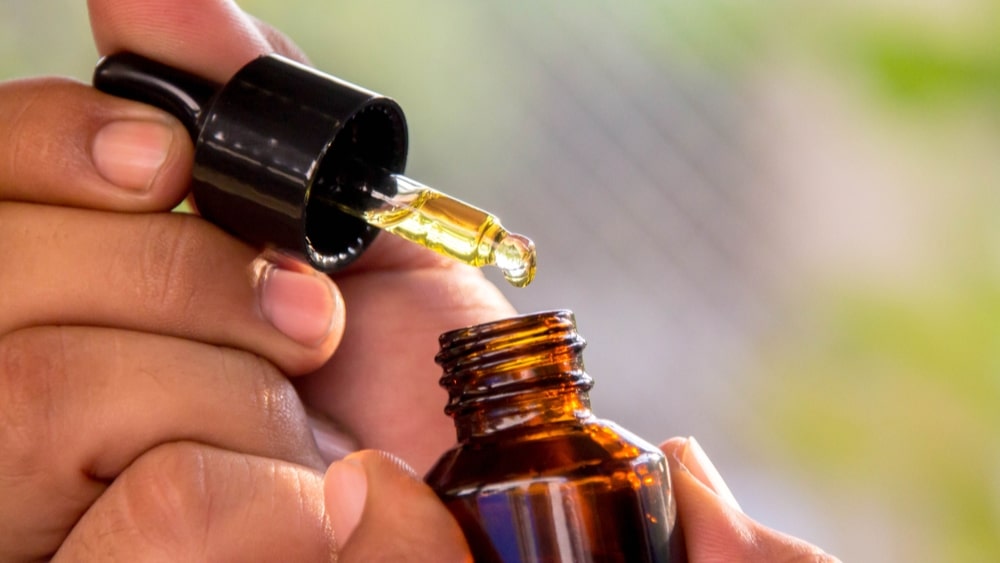Steam distillation, solvent extraction, or mechanical means like ecuelle and enfleurage methods are employed for the extraction purpose of volatile oils. Extraction of Volatile Oils methods are as follows:
Table of Contents
Hydro-distillation method:
This method comprises of water distillation, water, and steam distillation, and steam distillation. These techniques are used for the extraction of volatile oils from crude drugs. Hydro-distillation technique is used for fresh leaves and steam distillation uses for subterranean parts.
Enfleurage method:
This method uses for the extraction of flavoring agents and perfumery. In this method, the fresh flowers (mainly petals) are taken and spread over a layer of fatty material. Then it kept over fatty material for imbibition. After the imbibition, the fresh petals are placed on the fat layer and exhausted petals are removed. This process continues until the saturation of the fat layer with volatile constituents. This saturated fatty layer is extracted with lipid solvents.
Ecuelle method:
This method is employed for citrus fruits which contain volatile principles. Here the oil-containing ducts which contain oil cells are ruptured by mechanical means or manually. For this purpose, special vessels are taken which contain pointed projections. The raw material is twisted over the projections in a clockwise direction which ruptures the cell and oil comes out.
Isolation of the Volatile Oils
The oil obtained by distillation contains the number of mono and sesquiterpenes. The monoterpenes hydrocarbons are distilled out first into their oxygenated derivatives by fractional distillation. Other methods like physical methods, chemical methods, and chromatography are also used for their isolation. The chemical methods like treating the oil with sodium bisulphate, Phenylhydrazine, Tilden’s reagent, and Grignard reagent isolates the compounds. Suitable adsorbents are used in chromatography for the elution of chromatograms of isolated compounds.
Uses
The utilization of terpenoids is mainly in perfumery, cosmetic industries, soaps manufacturing, incense-sticks manufacturing, food industries, pharmaceutical industries, and beverage industries.
They are also used as an antiseptic, carminative, anthelmintic, stimulant, analgesic, antirheumatic, diuretic, aromatic, counter-irritant effect, insecticide, pesticide, insect repellant, and deodorant.
Pharmaceutical Application of Volatile Oils
Volatile oils are used as a flavoring agent, perfuming agent in pharmaceutical formulations, foods, beverages, and in cosmetic industries. These are also used as an important medicinal agent for therapeutic purposes like:
- Carminative (e.g. Umbilliferous fruits)
- Anthelminitic (e.g. Chenopodium oil)
- Diuretics (e.g. Juniper)
- Antiseptic (e.g. Eucalyptus)
- Counter irritant (e.g. Oil of wintergreen)
- Local anesthetic (e.g. Clove)
- Sedative (e.g. Jatamansi)
- Local irritant (e.g. Turpentine)
- Insect repellent (e.g. Citronella)
- Source of vitamin A (e.g. Lemongrass)
Make sure you also check our other amazing Article on : Volatile Oils
